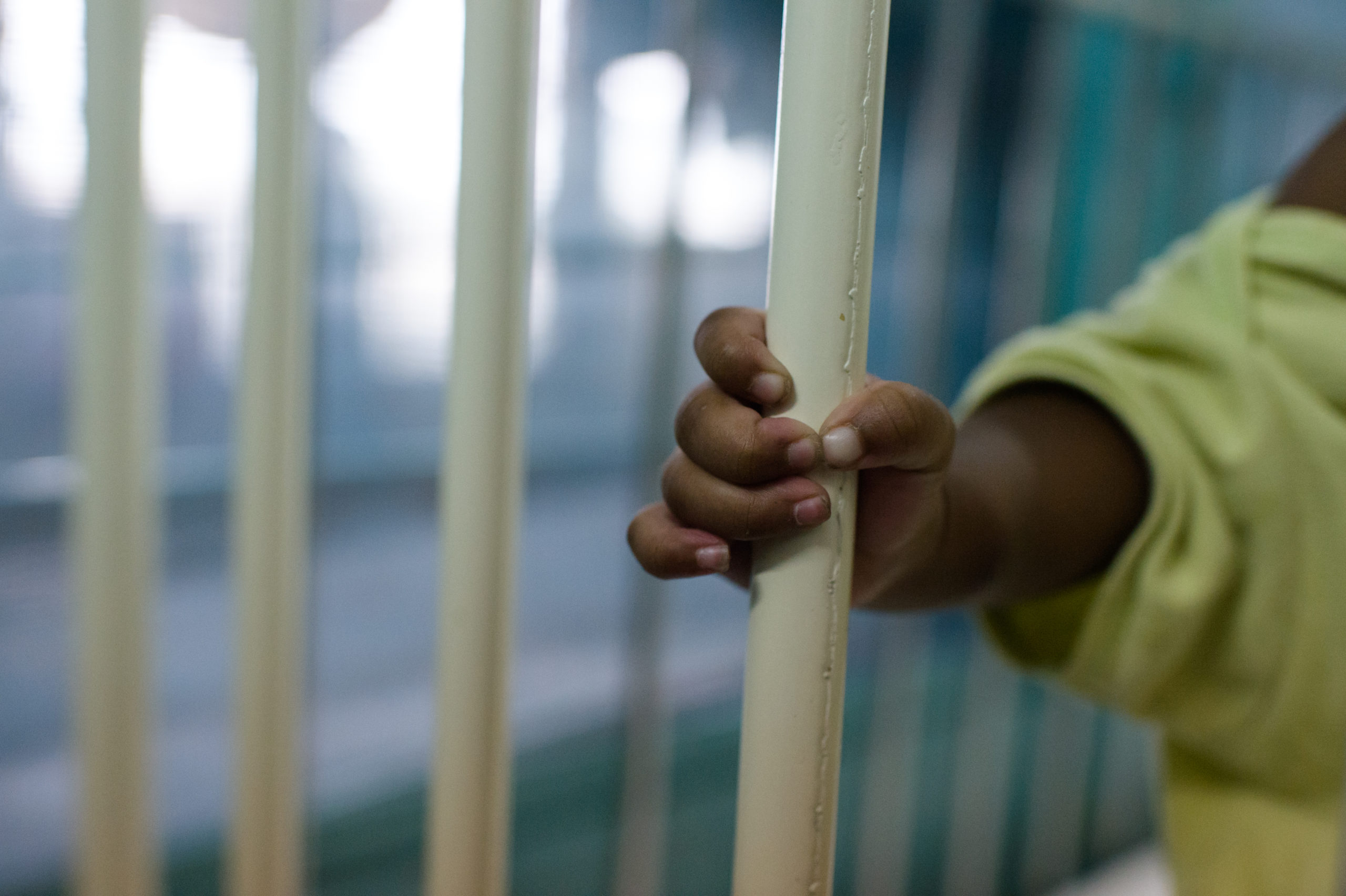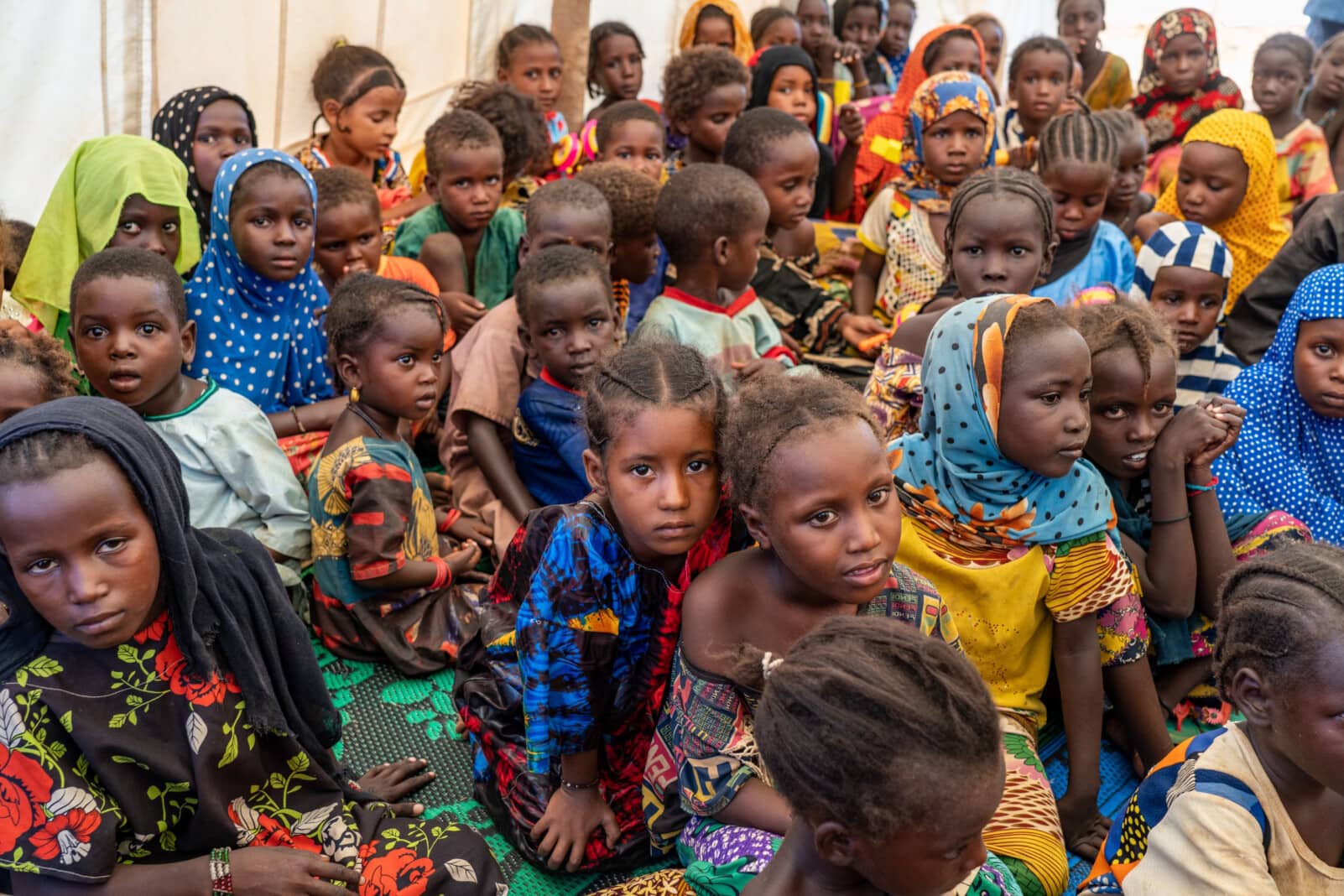There are an estimated 105 per 100,000 children in residential care worldwide
Children may be separated from their parents and placed in alternative care for various reasons. The majority of children without parental care are living in family-based alternative care. However, some children find themselves in non-family settings such as residential care institutions that are often characterized by harmful living arrangements and for which there is wide recognition of the adverse impacts on children’s developmental outcomes and well-being.
This has led many countries to undertake efforts to reduce the number of children living in institutional care and, whenever possible, to prevent institutionalization in the first place, or to reunite children with their families in line with their obligations under the United Nations Convention on the Rights of the Child (CRC) and the UN Guidelines for the Alternative Care of Children. The Guidelines, welcomed by the UN General Assembly in 2009, encourage efforts to maintain children with their families, where possible. When this is not in the child’s best interest, the State is responsible for protecting the rights of the child and ensuring appropriate alternative care: kinship care, foster care, other forms of family-based or family-like care, residential care or supervised independent living arrangements. Recourse to alternative care should only be made when necessary, and in forms appropriate to promote the child’s wellbeing, aiming to find a stable and safe long-term response, including, where possible, reuniting the child with his or her family.
Global and regional estimates
Globally, an estimated 105 children per 100,000 were in residential care in 2022. Based on the available data, Western Europe has the highest regional rate of children in residential care at 294 per 100,000 children while South Asia has the lowest rate at 75 per 100,000.
Rate of children in residential care per 100,000
Data collection on children in residential care
Accurate and reliable figures of the numbers of children living in alternative care are essential for countries to meet these objectives, and their obligations in relation to the CRC. Despite its importance, many countries still lack accurate statistics on the number, characteristics and well-being of children living in alternative care settings. Official records typically capture only a small fraction of the actual number of children in residential care, and children living in privately owned centers are often not counted. Therefore, there is an urgent need for countries to invest in efforts to produce useful, accurate and comprehensive listings of all existing residential care facilities; they also need to undertake, at regular intervals, thorough counts of children living in these facilities in order to help strengthen official records. Periodic data collection about the well-being of children in residential care will also be necessary to improve service delivery. All this information will serve to strengthen government capacity to design effective care reform and respond to the specific needs of children living in residential care.
To begin addressing this gap, the Data and Analytics Section at UNICEF Headquarters has developed a data collection protocol and tools for conducting a census of residential care facilities, the enumeration of children, and a survey of child well-being that can be replicated and adapted in a variety of country contexts.
More information on the protocol and tools can be found here.
Children in residential care
Resources



